After a tiring day of running errands, you arrive home and you realize that your frieze carpet is looking a bit dull and grimy. Sometimes, no matter how soft and cozy your carpet looks, it needs a little TLC to make sure that it keeps up its fluffy and vibrant appearance. Whether you’ve spilled coffee, tracked in a little dust, or need to remove pet odors, cleaning your frieze carpet doesn’t have to be a complicated process! To help, we’ve created a simple step-by-step guide breaking down the best way to clean your frieze carpet, so you can quickly get back to enjoying the comfort and style of your home. Let’s dive in!
Frieze carpets should be vacuumed on a regular basis using a vacuum cleaner with an adjustable height setting. For deep cleaning, have it professionally cleaned or use an approved carpet shampooer with hot water extraction for best results.
“Keep in mind that Frieze carpet fibers are twisted more tightly than other carpet types. So, excessive scrubbing can untwist the fibers and lead to unwanted fraying. My advice is to blot stains gently with a mixture of white vinegar and water. This technique, I’ve found in my years of working with carpets, preserves the uniqueness of Frieze carpets and ensures they maintain their texture and quality for years.”
Bertrand Voltaire , Carpet Specialist
Preparing to Clean Frieze Carpet
Cleaning frieze carpet requires preparation before you get started. This is an important step and a crucial component of knowing how to clean frieze carpet effectively. Knowing the fabric type and pile height of your carpets is the first thing you should determine in order to understand what kind of cleaning process works best. Some carpets are made of synthetic fabrics, which may require special cleaning products and methods. On the other hand, natural fiber carpets have different requirements. Be sure to check with a professional or manufacturer to determine the exact fabric type before moving forward with cleaning.
The next step to consider before cleaning is furniture positioning. Moving furniture away from walls and large pieces away from smaller furniture helps keep any possible dirt or dust off the carpet itself. Arranging items in open space can also make it easier to vacuum, wash, and spot-clean without too much furniture in the way.
Whether a homeowner does their own carpet cleaning or hires a professional service for help, it’s important to perform a deep pre-cleaning before treating the specific stains or spots on the rug. Vacuuming removes loose particles from all surface levels; however this may not be enough to remove dust, pet hair or debris trapped deep within the fibers of the rug. Moderate agitation before shampooing can help remove these deeper contaminants with greater effectiveness than vacuuming alone, so special brushes are recommended as part of comprehensive pre-cleaning process.
After preparing the area and fully understanding what type of materials you are working with, it’s now time for you take inventory of your supplies and understand fabrics more closely. In our next section we will discuss how gathering supplies and understanding fabrics will help ensure an effective and satisfying outcome when cleaning your frieze carpet.
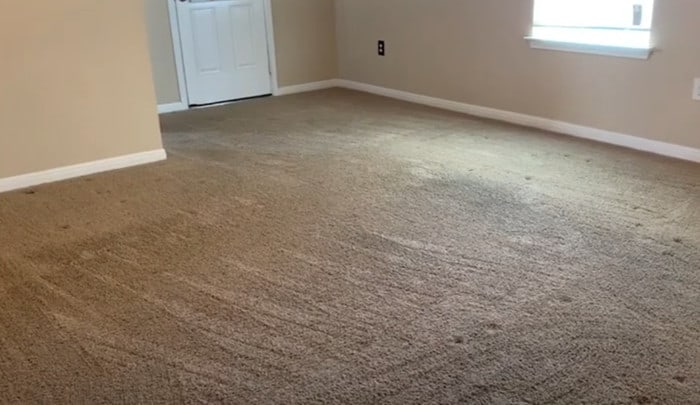
Gathering Supplies and Understanding Fabrics
It is important to gather the proper supplies before cleaning your frieze carpet. Commonly used tools include vacuum cleaners, cleaners specifically designed for carpets, spot removers, and brushes. Vacuum cleaners should be equipped with HEPA (High-Efficiency Particulate Air) filters, which remove allergens like dust or dirt. It is also important to understand the fabric of your carpet; make sure it is clearly labeled as “frieze” before beginning the cleaning process. While some detergents advertised as “multi-surface cleaner” may seem appealing, it is best to use a product specifically tailored for carpets and rugs whenever possible for best results.
If you are dealing with a particularly difficult stain or deep-set dirt, you may find that investing in a carpet shampooer or steamer unit lends optimal results. Debate exists as to which method – steam or liquid – provides superior cleaning results; many professional carpet cleaners have been trained in both techniques and can advise accordingly based on individual situations.
Once you have consulted an expert and gathered the necessary materials, it is time to begin the vacuuming process.
Vacuuming Frieze Carpet
Vacuuming is a critical step in keeping your frieze carpet clean. While it may not seem like much of an effort, regular vacuuming helps prevent dirt and debris buildup that can damage the fabric and cause premature wear over time. This is especially important for frieze carpets, as their unique texture can trap more dirt than other floor types. Plus, it’s a great way to maintain your carpet’s soft texture and natural sheen.
When it comes to vacuuming, there are two schools of thought. The first is that you should vacuum at least once a week using a scheduling tool or calendar reminder. Doing so will help remove any surface-level buildup before it has a chance to settle in the fibers for prolonged periods of time. The second camp suggests more frequent vacuuming, arguing that regular vacuuming – such as three times per week – can make less of an impact on how quickly dirt accumulates and how worn out your carpet looks over time.
Whichever frequency feels most manageable for you and your lifestyle is the best choice for keeping your frieze carpet looking great! Now that we’ve gone over the basics of vacuuming, let’s move on to the details of setting up your vacuum and properly caring for it to ensure optimal results each time you use it. Next, we’ll cover Setting the Vacuum and Machine Care.
Setting the Vacuum and Machine Care
Vacuuming is an integral step in cleaning your frieze carpet. In order to ensure that the vacuum effectively removes dirt, dust, and debris from the fibers, it is important to adjust the settings appropriately. Some vacuums allow users to select settings which range from hard wood floors to thick shag piles. Choose the setting which best suits the thickness of the frieze carpet in your home.
In addition to setting the correct level, it is essential to pay attention to how you use the vacuum while cleaning. Move the vacuum parallel with the grain of the carpeting. Take care not to go over a single area too many times or you will create gaps in the pile. When vacuuming around stairs and furniture legs, reduce the suction slightly; otherwise, you risk snagging the fibers on those tough-to-reach areas.
Routinely empty and clean filters if your vacuum has them. Additionally, check for rips or tears in hoses and replace belts as necessary to ensure optimal performance from your machine. Taking good care of your vacuum helps ensure a thorough cleaning and also protects against potential damage to your frieze carpet.
Finally, set aside time to deep clean your carpets once every few months. Use of a carpet shampooer helps loosen caked-in soil that normal vacuuming may miss. Now that we have discussed settings and machine care for vacuums, we can move on to spot cleaning frieze carpets.
Top Summary Points
When vacuuming a frieze carpet, it is important to adjust the settings appropriately to best suit the thickness of the carpet. It is also essential to move the vacuum in parallel with the grain of the carpeting and reduce the suction when vacuuming around furniture and stairs. Make sure to routinely empty and clean filters, check for rips or tears in hoses, and replace belts as necessary. Additionally, set aside time to deep clean the carpets once every few months with a carpet shampooer.
Spot Cleaning Frieze Carpet
Spot cleaning frieze carpets requires fast action and minimal scrubbing to prevent any permanent damage. Begin by blotting the affected area as soon as possible with a damp cloth or towel, then mix a mild detergent with lukewarm water and blot the soiled area using a sponge. This method is similar to cleaning floors without a mop, which can be useful for other floor types as well. For tougher stains it is recommended to use a weak solution of vinegar and cold water.
For general spot cleaning, it is best to avoid any harsh cleaners such as bleach or carpet shampoo to avoid fading and discoloration over time. It is particularly important that oil-based spots are not rubbed or scrubbed on frieze carpet as this will force the oily residue deeper into the pile and can cause larger, harder-to-remove stains. On the other hand, some homeowners swear by rubbing alcohol for hard-to-remove stains, although it should be used sparingly if used at all.
When spot cleaning frieze carpets take care to switch to a clean portion of your cloth or towel every few minutes in order to avoid grinding dirt and debris into the carpet fibers. If there is excess moisture be sure to dab lightly instead of rub as you would with a wet paper towel, then lay down several dry paper towels over the area to use extra absorbency if necessary. Once finished, leave the paper towels in place until fully dried.
To ensure that spots and stains are removed without damaging the fibers of your frieze carpet, remember to never rub or scrub—blot only! With regular spot treatment, you’ll be able to keep your carpet looking great for many years to come.
Now that spot cleaning your frieze carpets is mastered here comes the next step: Removing Spots and Stains from your carpeted flooring.
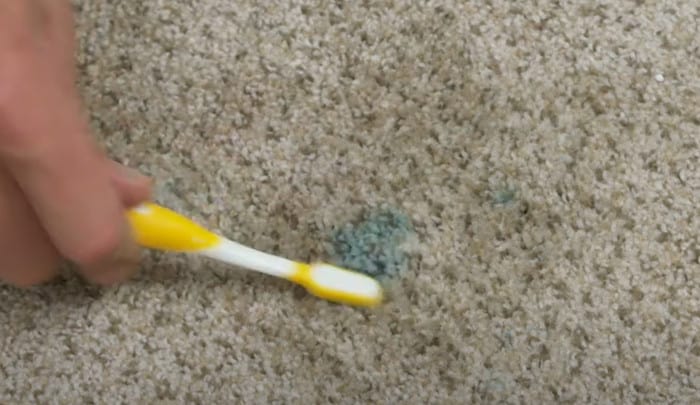
Removing Spots and Stains
When it comes to stain removal, the old adage “the sooner, the better” applies. When a spill occurs on frieze carpet, use a white towel or paper napkin to blot up as much liquid as possible. For solids such as mud or dirt, scrape away with a butter knife. Do not rub or scrub the spot – this only pushes the stain deeper into the fibers. Resist the temptation to scratch at tough stains – this will cause further damage by snagging and fraying of fibers.
Some experts recommend that you should clean up spills quickly with a mild surfactant detergent solution such as dishwashing soap and water, but others disagree that this is an effective cleaning method for frieze carpets because it can leave patches of soapy residue on the carpet which make it appear duller over time. Therefore, it is best to consult with a professional carpet cleaner before attempting to remove any spills or stains from your frieze carpet.
While deep cleaning is important in order to maintain a fresh-looking carpet, periodic spot cleaning when needed can prevent major staining incidents in your frieze carpets. With quick action and proper maintenance, your frieze carpet should remain looking beautiful for many years to come.
The next step in caring for your frieze carpet is deep cleaning. Deep cleaning involves more than just vacuuming and spot removal; it requires using specialized equipment and products designed specifically for clean carpets. While some homeowners opt to rent a carpet cleaning machine and handle this task themselves, others may choose to hire a professional service for the job. In either case, deep cleaning your frieze carpet is an essential part of maintaining its beauty and preserving its longevity.
Deep Cleaning Frieze Carpet
Deep cleaning frieze carpet can be a daunting task for homeowners, as the process requires time and energy to restore the carpet’s previous luster. It is important to take the time do a deep clean at least once or twice a year in order to remove deeply embedded dirt, dust, hair, and other particles. This is especially crucial for frieze carpets, which have a unique texture compared to other carpet types or rugs. Depending on preference, there are two options for deep cleaning frieze carpets: using a wet or dry method.
The wet cleaning process involves using detergent mixed with water and either an extraction machine or shampooer to clean the carpet fibers. This option is traditionally more expensive due to the liquids required, however it may be less labor intensive since professional-grade machines can weaken stains and better rinse the detergent from the flooring. On the other hand, those who opt for this method will need more drying time than those who use dry cleaning methods.
The dry cleaning approach includes vacuuming more regularly by eliminating everyday dirt and debris through regular vacuuming and spot cleaning stained areas with a dissolving solution that breaks down and lifts dirt & oil particles from deep down in carpets. This method is typically less expensive as it does not require additional products aside from vacuum bags and upholstery sprays. While this may work well for smaller messes, larger or older stains may require additional treatments such as steam cleaning that require additional liquid solutions.
Now that you understand the basics of deep cleaning your frieze carpet let’s dive into what type of shampooers are available, as well as different methods of using them to get your carpets looking like new again. The next section will discuss types of shampooers and methods for deep cleaning your frieze carpet for optimal results.
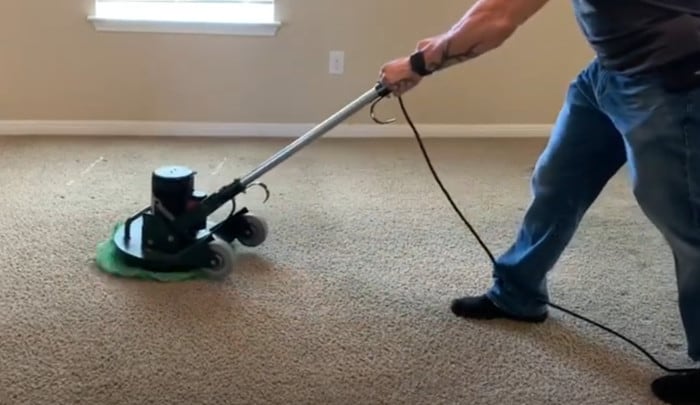
- A 2019 study found that vacuuming with suction nozzles and brushes, as well as steam cleaning, are the most effective methods for cleaning frieze carpets.
- According to a 2020 study, blotting and dry-cleaning techniques can potentially cause more damage to the fibers of a frieze carpet.
- Research from 2013 suggests that using warm water and mild detergents when spot-cleaning a frieze carpet are recommended, as opposed to harsh chemicals.
Types of Shampooers and Methods
When considering methods for cleaning your frieze carpet, there are two types of shampooers to consider – wet shampooing and dry shampooing. While these methods are effective for carpets, it’s worth noting that different cleaning approaches may be needed for other floor types in your home and dry shampooing.
Wet shampooing is the most familiar method for cleaning carpet. This method requires applying an absorbent foam or liquid-based detergent directly to the carpet. The foam will both break down the dirt molecules and allow them to be removed with a vacuum cleaner or extraction machine following the application of the solution. The benefit of using this type of shampooer is that it is effective in removing deep set-in stains while simultaneously refreshing the color and texture of your frieze carpet. However, it can take up to 24 hours for the carpet to dry after wet shampooing, which can make it difficult to properly care for high traffic areas.
In contrast, dry shampooing involves sprinkling powdered detergent onto the carpet, using either a vacuum cleaner or by hand. A brush is then used to work the detergent into the fibres of the carpet before being vacuumed up. While this method is significantly faster than wet shampooing, allowing carpets to be returned to use more quickly, it can only remove surface dirt particles and may not be as effective at getting rid of more ground-in stains.
Both types of shampooers can successfully clean frieze carpets; however they have different advantages depending on your particular situation. When selecting a method it is wise to consider both cost effectiveness, drying speed, and desired result when choosing which method best suits you.
Now that we’ve discussed the different types of shampooers available for cleaning frieze carpet, let’s move onto the final touches in our step-by-step guide: finishing touches on frieze carpet.
Final Touches on Frieze Carpet
Once you’ve finished with the spot-cleaning, you should begin to make your final touches on the frieze carpet. It is essential to ensure that all dirt and stains have been removed thoroughly since it can deeply penetrate through the fibers of the carpet. If necessary, you may need to go over specific areas a few times, or use professional tools if your standard tools do not suffice.
In some cases, depending on how heavily soiled the frieze carpet may be, it may be beneficial to treat it with steam cleaning. This involves applying hot water and detergent to a special cleaning tool that will extract deep stains and dirt particles from within the fibers of the carpet. It should be noted that steam cleaning can damage certain fibers if done incorrectly, which could lead to long-term damage. Therefore, it’s important to assess your situation to decide whether this method is right for you.
You may also want to consider using professional products specifically made for deep cleaning various types of carpeting. These products are equipped with specialized techniques and solutions that are specifically formulated for a given type of carpeting and can be immensely helpful in extracting stubborn spills and stains. In general, any product used should be tested in an inconspicuous area first and applied cautiously following directions on the product’s label.
After ensuring you’ve done everything you can do clean the surface of the frieze carpet, it’s time to move on to rinsing, drying, and deodorizing for lasting results!
Rinsing, Drying, and Deodorizing
Rinsing: After you have finished scrubbing the areas of your carpet that need to be cleaned, it is important to rinse any remaining cleaning solution off the carpet fibers. This can be done by spraying a mixture of 1/3 cup of white vinegar with 2/3 cup of water onto the surface. Allow the vinegar and water mixture to sit for several minutes before wiping away any excess solution with a dry cloth.
Drying: Once your frieze carpet has been properly rinsed off, it is important to make sure that it is completely dry before you take any further steps in the cleaning process. It is advised to leave your frieze carpet exposed to open air as long as possible in order to allow any remaining moisture to evaporate. If necessary, use fans or a dehumidifier in order to speed up this process.
Deodorizing: There is some debate over whether or not you should apply a carpet deodorizer to your frieze carpet once it has been adequately cleaned and dried. On one hand, it could help to mask unpleasant smells and leave behind a pleasant scent; on the other hand, some argue that applying a chemical based cleaner could cause more harm than good and could potentially damage the fibers of your carpet over time. If you decide to apply a deodorizer, make sure that it is specifically designed for use on carpets and follow all directions carefully in order to minimize any potential damage or staining.
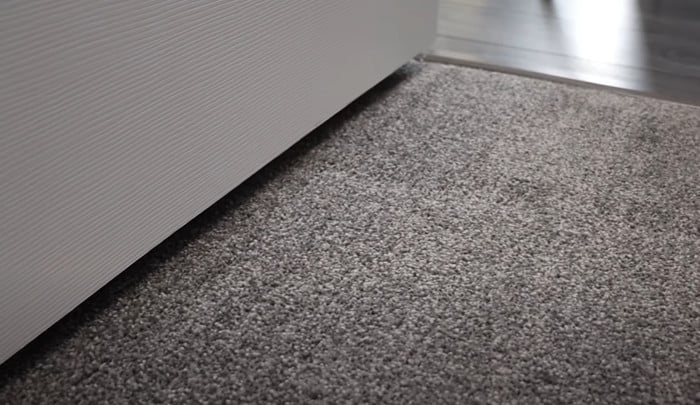
Frequently Asked Questions and Answers
What are the most effective methods for removing stains from frieze carpet?
The most effective way to remove stains from your frieze carpet is to use a combination of spot-cleaning techniques. First, apply a small amount of stain remover onto the stain and let it sit for a few minutes. Next, use a clean cloth or sponge to scrub the area gently in a circular motion. Repeat this as necessary until the stain is fully removed. For tougher stains, try using club soda and white vinegar mixed together in equal parts. Apply this mixture to the stained area and allow it to soak for around 10 minutes before blotting with a cloth or towel. You may need to repeat this step multiple times for stubborn stains. Lastly, use carpet shampoo to finish up cleaning and add protection against future staining.
What is the best way to deep clean frieze carpet?
The best way to deep clean a frieze carpet is to start by vacuuming it thoroughly to remove as much dirt and debris as possible. Next, mix a solution of 1/4 cup white vinegar and 1/2 cup mild laundry detergent in 2 gallons of warm water. Use this solution with a soft-bristled brush or scrub brush to work the mixture into the fibers of the carpet. Rinse the area with plain cool water, then quickly dry with a towel or fan setting on your vacuum cleaner. Finally, allow the carpet to air dry for about 4 hours before walking on it again.
This method is effective at removing built-up dirt, dust and other residues without damaging or discoloring the frieze fibers. The gentle soap and vinegar mixture is safe to use around children and pets while still delivering excellent results. Plus, frieze carpets are known for their unique texture, so using a vigorous scrubbing action ensures that the raised twists of fibers remain intact so you can truly enjoy the beauty of your carpeting.
What tools and materials are needed to clean frieze carpet?
In order to effectively clean frieze carpet, you’ll need the following tools and materials:
1. Vacuum cleaner: The first step to properly cleaning any carpet is to vacuum it thoroughly. A robust vacuum cleaner with adjustable suction power and brush rolls will help remove debris and dirt trapped within the fibres of your frieze carpet.
2. Carpet detergent/stain remover: An effective product is required to treat soiled areas of the carpet and lift ingrained dirt particles. It’s important to use a detergent-free product that won’t cause any damage or discolouration to your carpet.
3. A soft bristled brush: When applying the cleaning product, use a soft bristled brush to agitate the fibers and allow the cleaning solution to penetrate deep into the fibres of your frieze carpet. This will help ensure a thorough clean and an even result.
4. Water hose/bucket: As part of the post-treatment process for your frieze carpet, you may need either a water hose or bucket filled with cold water. This will enable you to rinse away any residual cleaning solution for an ultimate professional finish.
5. Towels or air dryer: Lastly, you’ll require absorbent towels or an air dryer to remove any excess moisture from the surface of your newly cleaned frieze carpet. This will help prevent mold or mildew growth due to residual moisture and extend the life of your carpet.
References
https://www.goodhousekeeping.com/appliances/a25804817/best-carpet-cleaners-reviews/

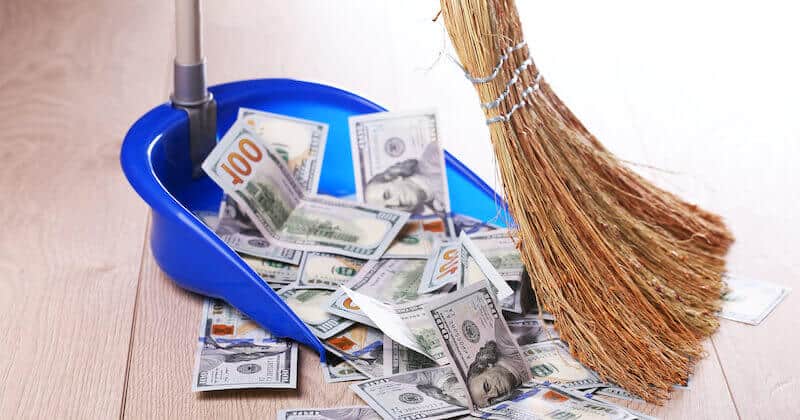
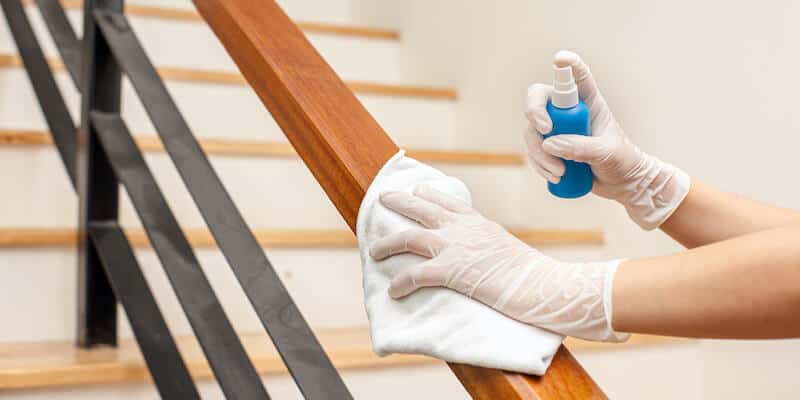
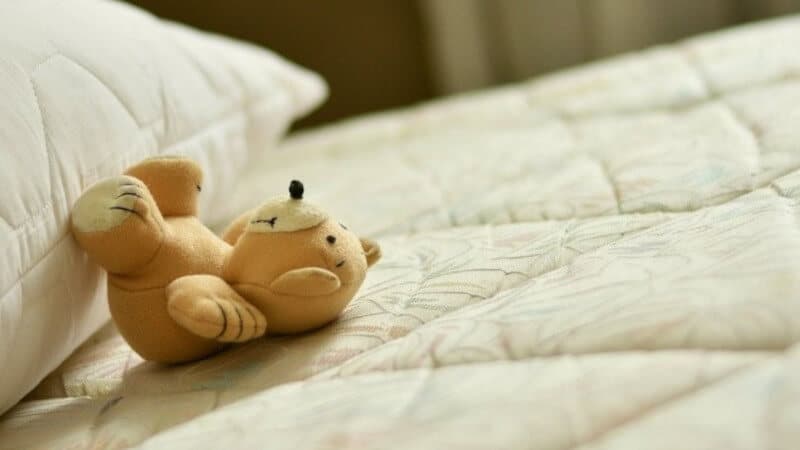
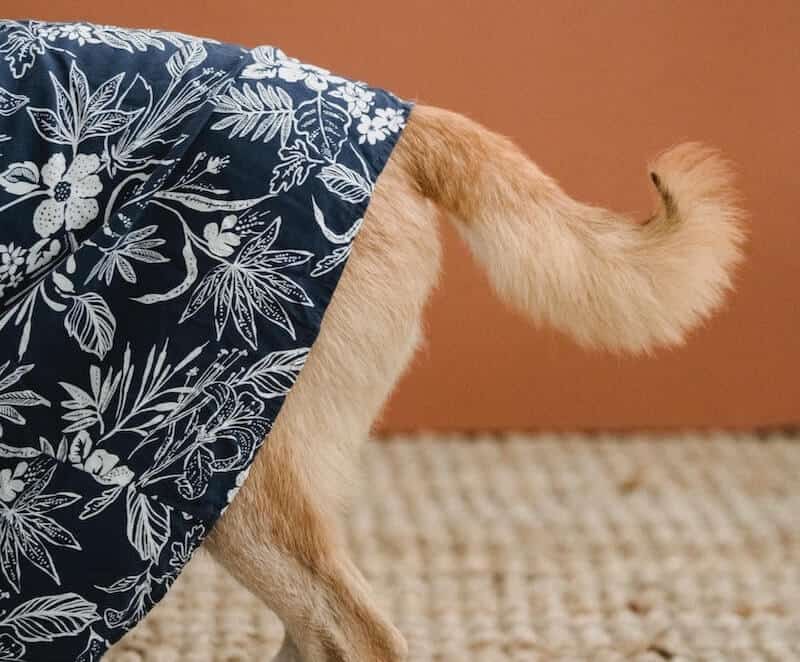
Long ago, when I was still actively working in the carpet cleaning industry, I always told my clients that you don’t need harsh chemicals to clean your frieze carpet. A dab of dish soap and some warm water can works wonders.
Thoroughly agree with your sentiment, Milford. When I first started in business, my initial thought was to get the “strongest” cleaning chemicals, but soon enough, I realized that’s far from necessary. Simple dish soap and warm water have been my go-to solution for the majority of cases I handle. Less damage to the carpet fibers and to the environment, still accomplishing an excellent clean.
From years of personal experience, I’ve found that white vinegar and baking soda work wonders on my frieze carpet, leaving it fresh and fluffed without any harsh environmental impact!
I’ve similarly found success with natural based solutions, particularly combining citric acid with a little hot water, it does wonders for stubborn pet stains.
Quinlan, I’ve tried citric acid before, too! But unfortunately, the smell was overwhelming for the little ones in my house. Any suggestions for something equally effective but less odoriferous?
Ah Xenia, I understand the conundrum you got there. Try white vinegar instead; it’s less potent smell-wise than citric acid but equally good at stain lifting. Do remember to follow up with baking soda after to neutralize the vinegar scent, especially for those sensitive noses in your home. And don’t forget, always do a patch test first before applying on a larger scale!
I must say, Everton, vinegar sure is a good stain-lifting agent but here’s what I discovered from my years as a carpet cleaner – it can potentially discolor some natural fibers if used too liberally. So one needs to be careful. I always found club soda to be a gentler option for delicate frieze carpets; lifts stains and dirt beautifully without the risk of discoloring!
Interesting point about the vinegar, Quintus! I learned this the hard way when I used vinegar on my cream frieze carpet – it turned a bizarre shade of yellow. So yes, I concur that using club soda as an alternative has always been safer in my experience.